Playwright Click Not Working
Introduction
Playwright is a popular open-source JavaScript library that enables developers to automate tasks in web browsers. It offers a wide range of functionalities, including the ability to click on elements within a web page. However, there are instances where playwright click may not work as expected. In this article, we will discuss the common reasons behind playwright click not working and provide troubleshooting steps to resolve the issue.
1. Common Reasons for a Playwright Click Not Working
1.1 Element not interactable: One of the primary reasons for playwright click not working is when the element you are trying to interact with is not currently in a state to receive the click. This can occur if the element is hidden, disabled, or covered by another element.
1.2 Incorrect selector: Another common culprit is an incorrect selector. If the selector used to locate the element is incorrect or outdated, playwright may not be able to find the element, resulting in a click failure.
1.3 Timing issues: Timing is crucial when it comes to performing actions in web automation. If the playwright click function is executed before the element is fully loaded or becomes interactable, it may fail to click on the intended element.
2. Troubleshooting Steps for Fixing a Playwright Click Not Working Issue
2.1 Verifying the Correct Installation and Configuration of Playwright
Before delving into troubleshooting, it is important to make sure that Playwright is correctly installed and configured in your project. Double-check the installation steps, dependencies, and browser versions compatibility.
2.2 Checking for Browser Compatibility Issues with Playwright Click
Different browsers may have varying levels of compatibility with Playwright. Ensure that you are using a browser that is fully supported by Playwright and consider checking the official documentation for any specific browser-related issues or restrictions.
2.3 Reviewing the Code for Playwright Click Functionality Errors
Carefully examine the code where the playwright click function is being used. Ensure that the correct selectors are being utilized to locate the element. It is also worth reviewing the logic and potential flow issues that may prevent the click function from being executed properly.
2.4 Considering Environmental Factors that Impact Playwright Click
Environmental factors such as network latency, system performance, or browser extensions can influence the behavior of playwright click. Ensure that your network connection is stable, your system resources are sufficient, and any browser extensions are not interfering with the automated actions.
2.5 Seeking Additional Support and Resources for Playwright Click Troubleshooting
In case the above steps do not resolve the issue, it is recommended to seek additional support from the Playwright community. The official documentation, forums, or GitHub repository can be valuable resources to find answers to your specific click-related problems.
3. FAQs
Q1. How can I handle elements that are dynamically loaded using Playwright click?
A1. Playwright provides the “waitFor” functionality to handle elements that are loaded asynchronously. You can use “waitForFunction” or “waitForSelector” to wait for the element to become available before performing the click action.
Q2. Is there a way to ensure that the element is fully interactable before clicking it?
A2. Yes, Playwright provides the “waitForElementState” method, which allows you to wait for an element to reach a specific state, such as being visible, enabled, or clickable, before performing the click action.
Q3. Does Playwright support clicking on specific coordinates within an element?
A3. Yes, Playwright provides the “mouse” class that allows you to perform mouse actions, such as clicking, hovering, or dragging, on specific coordinates within an element.
Q4. How can I wait for a page to load completely before clicking an element?
A4. You can use the “waitForLoadState” function in combination with the “domcontentloaded” or “networkidle” events to wait for the page to finish loading before executing the click action.
Conclusion
Playwright click is a powerful feature that allows developers to automate web interactions. However, when it doesn’t work as expected, it can be frustrating. By following the troubleshooting steps outlined in this article and considering the common reasons behind playwright click not working, you can effectively resolve the issue and ensure the smooth execution of your web automation tasks.
Remember, Playwright offers extensive documentation and a vibrant community that can provide further guidance and support if you encounter any issues beyond what is covered in this article. With a detailed understanding of playwright click troubleshooting, you can confidently tackle any challenges that arise during your automation journey.
Playwright Tutorial #4 – Clicking On Buttons
How To Click Button In Playwright Javascript?
Playwright is a powerful automation library that allows developers to create browser automation scripts using JavaScript. Whether you are testing a web application or need to perform repetitive tasks, Playwright simplifies the process by providing a clean and intuitive API to interact with browsers. One common task when automating a web application is to click on a button. In this article, we will explore different ways to click a button using Playwright JavaScript.
Before we dive into the specifics, make sure you have Playwright installed in your project. You can install it by running the following command:
“`
npm install playwright
“`
Once you have Playwright installed, you can import it in your JavaScript file to start automating browser actions:
“`javascript
const { firefox } = require(‘playwright’);
“`
With Playwright imported, we can now launch a browser instance and navigate to a web page:
“`javascript
(async () => {
const browser = await firefox.launch();
const page = await browser.newPage();
await page.goto(‘https://example.com’);
// Your code here
await browser.close();
})();
“`
Now that we have set up the basics, let’s explore different methods to click a button on a web page.
1. Using Selector
One of the easiest ways to click a button is by using a CSS selector. A selector is a string that identifies the HTML element you want to interact with. Playwright provides the `$` function to select elements. Here’s an example of clicking a button using a selector:
“`javascript
const buttonSelector = ‘button#myButton’;
await page.click(buttonSelector);
“`
The buttonSelector in the example above uses the CSS selector syntax to target a button with the id “myButton”. Replace it with the relevant selector for your button.
2. Using XPath
Playwright also supports XPath selectors, which provide more flexibility in targeting elements. XPath allows you to navigate through the HTML structure using a path-like syntax. Here’s an example of clicking a button using an XPath selector:
“`javascript
const buttonXPath = ‘/html/body//button[contains(text(), “Click Me”)]’;
await page.click(buttonXPath);
“`
The buttonXPath in the example above selects a button element containing the text “Click Me”. Modify it according to your webpage’s structure and button labeling.
3. Using Text
If the button you want to click has a unique text label, you can use the `page.click` function with the text option. Here’s how you can accomplish this:
“`javascript
await page.click(‘text=Submit’);
“`
The example above locates the button with the text “Submit” and clicks it. Make sure to match the exact text of the button for accurate selection.
4. Capture Button Handle
Sometimes, you may want to interact with a button multiple times throughout your script. In such cases, it is useful to capture a handle to the button element, allowing you to reuse it later. Here’s how you can capture a button handle:
“`javascript
const buttonHandle = await page.$(‘button#myButton’);
await buttonHandle.click();
“`
By capturing the button’s handle, you can click it whenever required, even if the button’s position changes dynamically.
FAQs:
Q: Can I click a button that is inside an iframe?
A: Yes, Playwright provides the `frame` method to switch to an iframe context. You can use it to target a button inside an iframe. Here’s an example:
“`javascript
const frame = await page.frame(‘iframe[name=myFrame]’);
await frame.click(‘button#myButton’);
“`
Q: What if the button is not immediately visible on the page?
A: Playwright automatically waits for buttons to become visible before performing the click action. If the button is hidden initially or located within a collapsed element, Playwright will wait until it becomes visible before clicking.
Q: How can I trigger specific button events, like hover or double-click?
A: Playwright provides additional methods to trigger various button events. For example, you can use `buttonHandle.hover()` to simulate a hover action, or `buttonHandle.dblclick()` to simulate a double-click action.
Q: Is Playwright limited to clicking buttons only?
A: No, Playwright offers a wide range of automation capabilities. You can interact with input fields, select dropdown options, submit forms, capture screenshots, and more.
In conclusion, Playwright simplifies the process of automating browser actions in JavaScript. Clicking buttons is a common task when automating web applications, and Playwright provides multiple options to achieve this. Whether you’re using a selector, XPath, or capturing button handles, Playwright offers flexibility and reliability. With the outlined methods, you can automate button clicks efficiently and streamline your browser automation workflows.
Why Can’T I Click My Button In Html?
HTML, which stands for HyperText Markup Language, is the standard language used for creating websites and web applications. It allows web developers to structure and present content on the internet. One of the essential components of a website is buttons, which users interact with to perform various actions. However, sometimes buttons may not respond to clicks, leaving users puzzled and frustrated. In this article, we will explore the common reasons why you may be experiencing this issue and provide solutions to help you resolve it.
Common Reasons Why Buttons May Not Click in HTML:
1. Missing or Incorrect Code:
One of the primary reasons why you may not be able to click your button in HTML is due to missing or incorrect code. Ensure that you have correctly defined the button element using the `` tag. Additionally, double-check if you have assigned an appropriate ID or class to the button. Properly structuring and coding your button elements are crucial for their functionality.
2. CSS Styling Conflicts:
Another reason for buttons not responding to clicks could be CSS styling conflicts. If you have applied CSS styles to the button or its parent elements, there might be conflicting styles that override the button’s default behavior. Inspect the CSS rules applied to the button, and ensure that they do not interfere with its clickability. You can use your browser’s developer tools to identify and resolve any styling conflicts.
3. JavaScript Errors:
JavaScript is a powerful scripting language used to add interactivity and functionality to web pages. If you have added JavaScript code to handle button clicks or perform related tasks, any errors in your JavaScript code can prevent the button from functioning correctly. Check your browser’s console for any JavaScript errors and resolve them accordingly. You may also consider using a JavaScript debugger to assist you in identifying and fixing the issue.
4. Z-Index Issues:
In some cases, z-index conflicts can affect the clickability of buttons in HTML. The z-index property determines the stacking order of elements on a web page. If another element has a higher z-index value than the button or is positioned in front of it, the button may become unclickable. Inspect the z-index values assigned to the button and its surrounding elements, ensuring that the button has a higher stacking order when necessary.
5. Disabled Attribute:
HTML buttons offer a ‘disabled’ attribute to temporarily disable their functionality. If you have mistakenly added this attribute to your button, it will not respond to clicks. Verify that the ‘disabled’ attribute is not included in the button tag. If you need to disable the button temporarily but enable it later, you can manipulate the ‘disabled’ attribute using JavaScript.
FAQs:
Q: Why does my button only work once and then stop responding to clicks?
A: This issue might occur if you have attached an event listener to the button using JavaScript, but you have not reset or reattach the event listener after the first click. Ensure that your event listener code is properly written to handle multiple clicks, or reattach the listener after each click event.
Q: The button looks fine, but it is still not clickable. What can I do?
A: If the button looks visually normal, you can try using your browser’s developer tools to inspect the button’s properties and styles. Check if the button is overlapping with any other elements, which might prevent it from being clicked. Adjusting the positioning or dimensions of surrounding elements could help resolve the issue.
Q: I checked the code, and everything seems fine. Why is my button still unclickable?
A: If you have exhausted all other possibilities, it is worth considering that the issue might lie with your browser or device. Clearing your browser cache, updating your browser to the latest version, or trying a different browser might help resolve the problem.
Q: Are there any best practices to ensure buttons are clickable in HTML?
A: Yes, some best practices include using semantic HTML tags for buttons, testing buttons on different devices and browsers, validating and debugging your code regularly, and avoiding conflicting CSS styles.
Conclusion:
In conclusion, button clickability issues in HTML can be attributed to missing or incorrect code, CSS styling conflicts, JavaScript errors, z-index issues, or the presence of the ‘disabled’ attribute. By thoroughly examining your code and resolving any conflicts or errors, you can ensure that your buttons are clickable and provide a seamless user experience on your website or web application.
Keywords searched by users: playwright click not working Playwright Click button with text, Playwright click not working, Promise all playwright, Playwright wait for page to load, Wait in Playwright, Playwright mouse, Wait for function Playwright, Playwright fill input
Categories: Top 73 Playwright Click Not Working
See more here: nhanvietluanvan.com
Playwright Click Button With Text
As a playwright, the process of turning your creative ideas into a polished play can often be time-consuming and complex. However, Playwright Click Button with Text is revolutionizing the way playwrights work by streamlining the playwriting process. In this article, we will delve into the features and benefits of this innovative tool and explore how it can enhance your writing experience.
What is Playwright Click Button with Text?
Playwright Click Button with Text is a software designed to assist playwrights in the creation and formatting of their plays. It offers a simple and intuitive interface that allows writers to focus on their ideas and storytelling instead of getting lost in formatting details.
Key Features and Benefits
1. Simplified Formatting: Playwriting typically involves following specific style guidelines, which can be time-consuming and distract from the creative process. With Playwright Click Button with Text, writers can easily apply industry-standard formatting with just a click, ensuring that their work adheres to established guidelines effortlessly.
2. Character Management: Keeping track of characters, their names, and their lines is essential in playwriting. This software allows writers to efficiently manage their characters, assign lines, and easily navigate between different dialogue sections. It eliminates the need for manually updating character names or line counts, saving valuable time.
3. Scene Navigation: A well-structured play requires seamless scene transitions. Playwright Click Button with Text offers a visual scene navigator that enables writers to manage their scenes and move effortlessly between them. This feature enhances the overall organization of the play, ensuring a cohesive reading and performance experience.
4. Collaboration Tools: Collaboration is an integral part of the playwriting process. With Playwright Click Button with Text, writers can easily share their work with fellow playwrights, directors, or actors, allowing for collaborative edits and feedback. This promotes efficient teamwork and helps to enhance the overall quality of the play.
5. Revision History: Playwrights often make numerous revisions and edits throughout the writing process. Playwright Click Button with Text keeps track of every change made, so writers can easily review or revert to previous versions. This feature is invaluable for writers who want to explore alternate plotlines or scenes without fearing the loss of their original work.
FAQs:
1. Is Playwright Click Button with Text compatible with other popular playwriting software?
Yes, Playwright Click Button with Text supports compatibility with commonly used playwriting software like Final Draft, Celtx, and Scrivener. This facilitates seamless transitions between platforms, ensuring a smooth writing experience.
2. Can I customize the formatting options to suit my personal style or the requirements of a specific writing contest?
Absolutely! Playwright Click Button with Text allows writers to customize formatting options, providing more flexibility in adhering to specific style guidelines or individual preferences. This ensures that your play is uniquely crafted and tailored to suit various contexts.
3. Can I export my work to different formats, such as PDF or Word documents?
Yes, Playwright Click Button with Text offers export capabilities, allowing writers to save their work in different formats. This versatility ensures that your play is accessible across different platforms and can be easily shared with collaborators, publishers, or production companies.
4. How secure is Playwright Click Button with Text when it comes to protecting my work?
Playwright Click Button with Text prioritizes the security and confidentiality of its users’ work. It employs robust encryption protocols to safeguard your playwriting projects from unauthorized access or data breaches. Additionally, you have control over the sharing settings of your work, allowing you to determine who has access to your play.
In conclusion, Playwright Click Button with Text is a game-changer for playwrights, providing a user-friendly platform that enhances the writing experience and streamlines the playwriting process. With its simplified formatting, efficient character management, scene navigation, collaboration tools, and comprehensive revision history, this software offers immense value to playwrights seeking to bring their ideas to life. Embrace this innovative tool and revolutionize your playwriting today!
Playwright Click Not Working
Introduction:
Playwright is an open-source automation tool that allows developers to automate browser actions across different web platforms. It simplifies browser automation by providing a high-level API that can enable automated interactions and perform tasks such as clicking elements, filling forms, and capturing screenshots. However, there have been instances where users have experienced issues with the Playwright click function not working correctly. In this article, we will dive deep into this problem and provide troubleshooting tips to help you get your Playwright click function up and running smoothly.
Common Reasons for Playwright Click Failure:
Before diving into the troubleshooting process, it is important to understand some of the potential reasons why your Playwright click function might not be working as expected:
1. Element Not Found: If the target element you are trying to click cannot be found in the DOM (Document Object Model) or is not yet visible on the web page, Playwright will throw an error.
2. Element Not Interactable: Playwright can only click on elements that are marked as interactable, meaning they have proper click event handlers attached to them. If the element does not respond to click events, Playwright cannot click on it.
3. Timing Issues: Playwright executes actions asynchronously. Sometimes, the click action might be executed before the element is fully rendered on the page or before a required JavaScript event has occurred, resulting in a click failure.
Troubleshooting Tips:
Now that we understand some of the common reasons behind Playwright click failures, let’s look at some troubleshooting tips to help resolve the issue:
1. Ensure Element Availability: Verify that the element you are trying to click is present in the DOM and is visible on the page. Use Playwright’s wait functionalities, such as `page.waitForSelector()`, to ensure the element is fully loaded before attempting to click it.
2. Use a Wait Function: If you suspect timing issues, it is advisable to use a wait function before attempting to click an element. Playwright provides various options, such as `page.waitForTimeout()` and `page.waitForFunction()`, to help you wait for specific conditions before proceeding with the click action.
3. Check Element Interactability: If Playwright throws an error stating that the element is not interactable, double-check if the element is indeed interactable. Elements like `
4. Scroll to Element: If the element you want to click is outside the visible viewport, you will need to scroll to it first. You can use the `elementHandle.scrollIntoView()` method to ensure the element is within the viewport before clicking.
5. Verify Frame Context: If the target element is inside an iframe, make sure you have switched the page’s context to the appropriate frame using `page.frame()` or `page.waitForFrame()` before attempting to click on the element.
Frequently Asked Questions (FAQs):
Q1. Can Playwright click on elements within shadow DOM?
A1. Yes, Playwright provides methods like `page.shadow()` and `elementHandle.shadowRoot()` to work with elements within a shadow DOM. Once you have access to the shadow root, you can use normal Playwright click methods on the desired elements.
Q2. How can I simulate a right-click (context menu) with Playwright?
A2. Playwright supports right-click simulations through the `elementHandle.click({ button: ‘right’ })` method. Using the `right` button option will simulate a right-click action on the specified element.
Q3. Is it possible to click on elements hidden by CSS?
A3. Playwright can click on elements that are hidden by CSS using the `elementHandle.click({ force: true })` method. However, be cautious when using this option, as it might trigger unexpected behavior in your application.
Q4. Why does Playwright click not work on some specific websites?
A4. Some websites employ advanced techniques, such as anti-bot protection or custom event listeners, which can interfere with Playwright’s click actions. In such cases, you might need to analyze the website’s code and adjust your automation strategy accordingly.
Conclusion:
Troubleshooting the Playwright click function not working requires a methodical approach. By understanding the potential reasons behind click failures and following the troubleshooting tips provided in this article, you should be able to overcome most common issues. Remember to thoroughly examine your target elements’ availability, interactability, and context before attempting a click action. Playwright’s extensive documentation and community support can also be valuable resources to consult when facing specific challenges. Happy automating!
Images related to the topic playwright click not working

Found 9 images related to playwright click not working theme

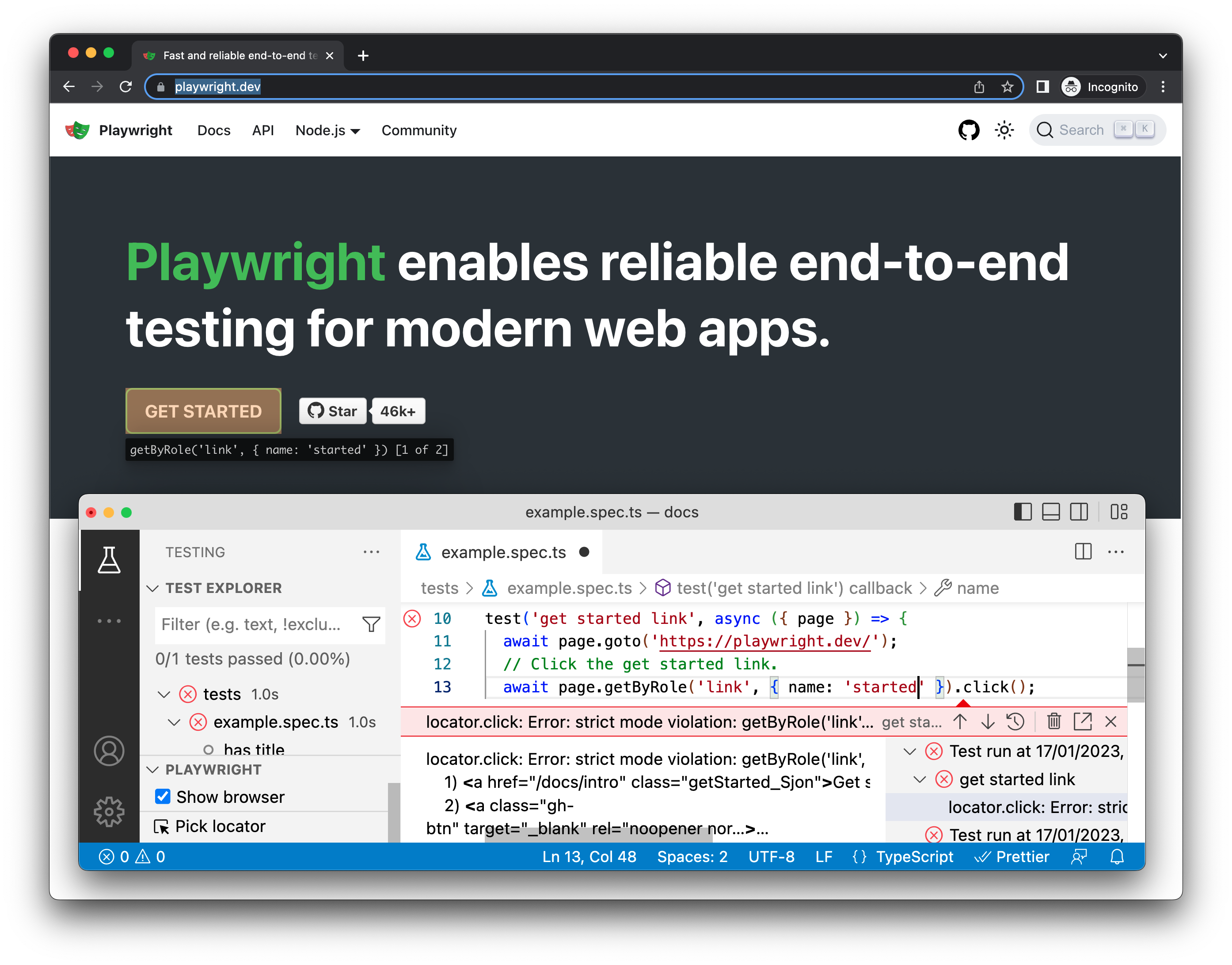

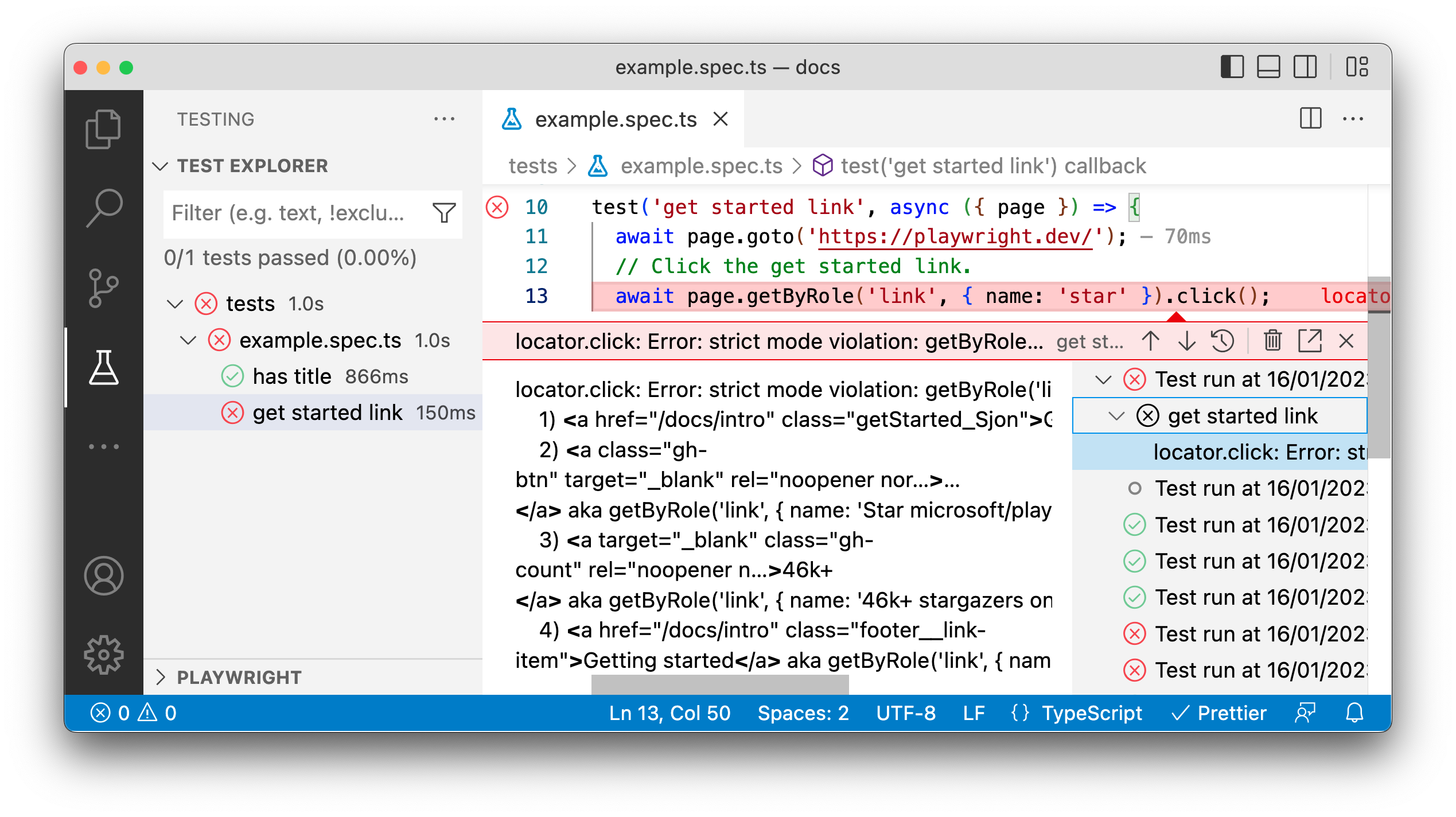
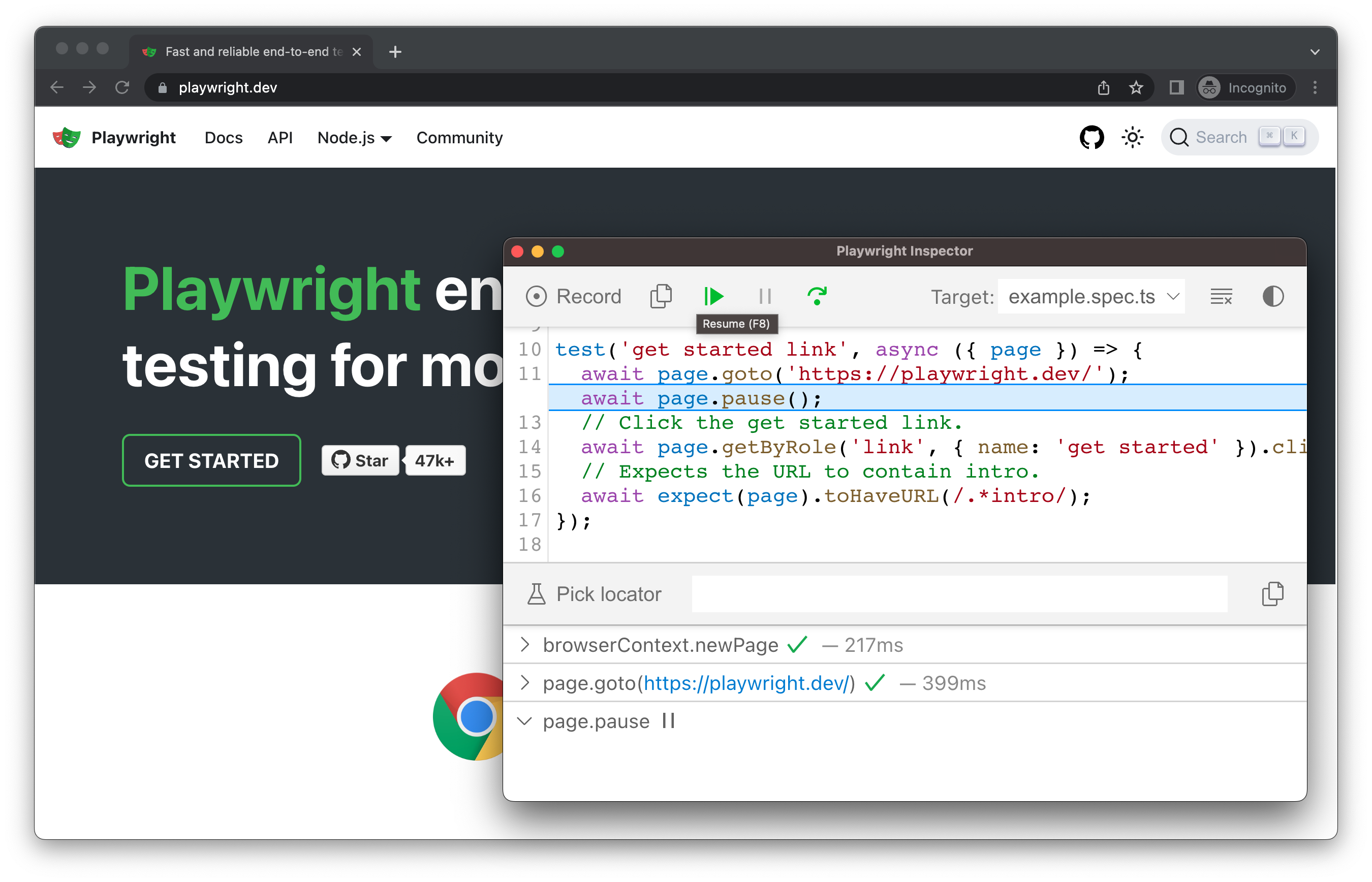


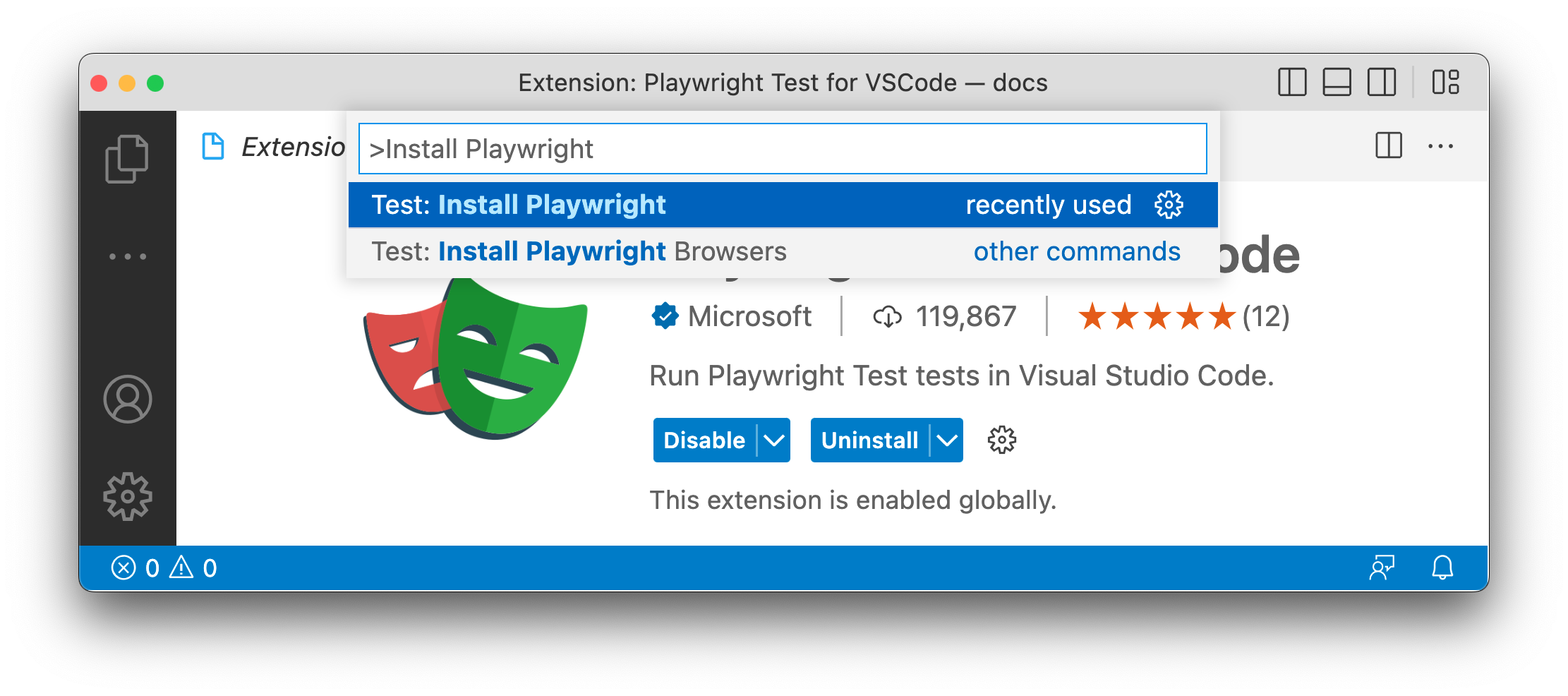

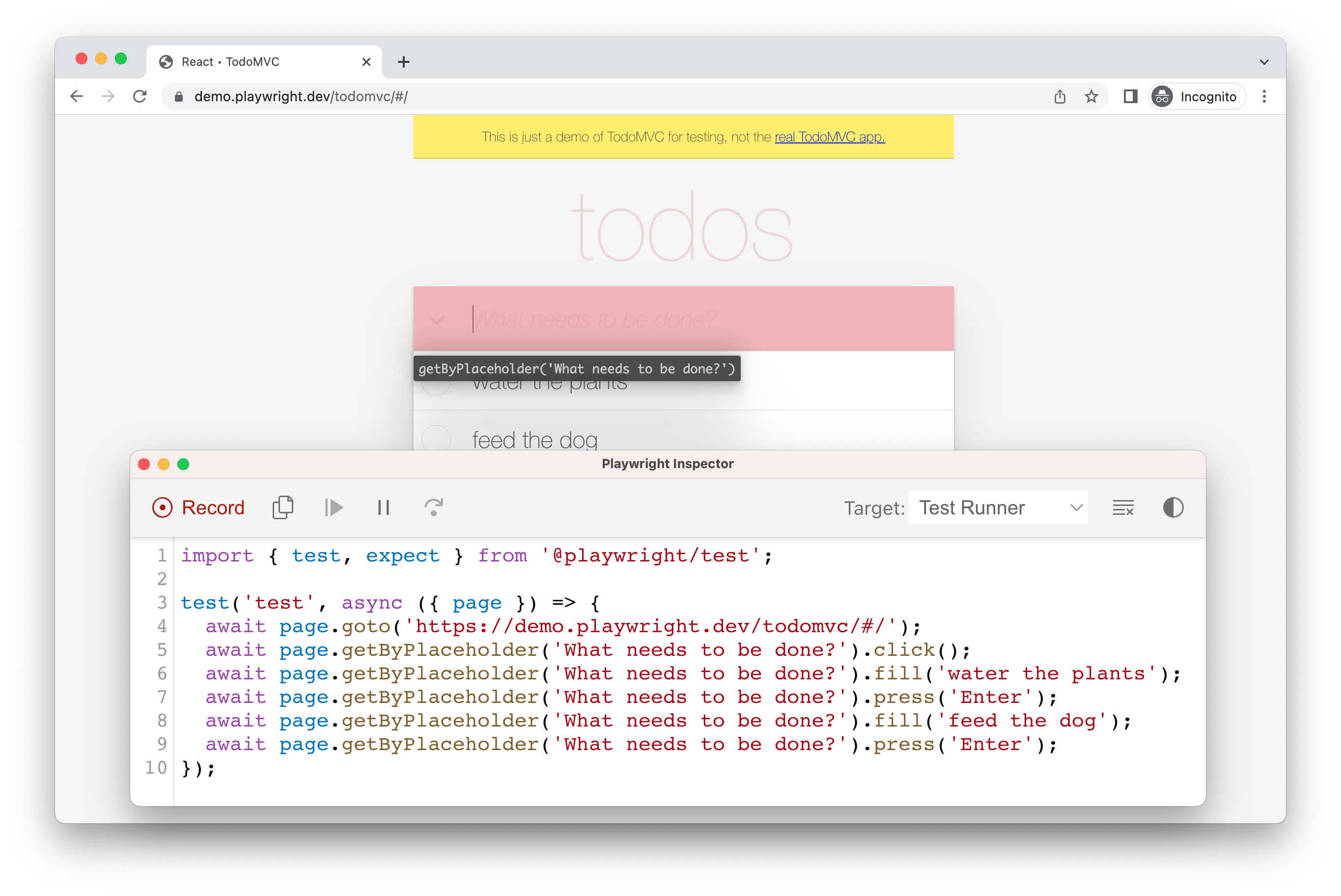
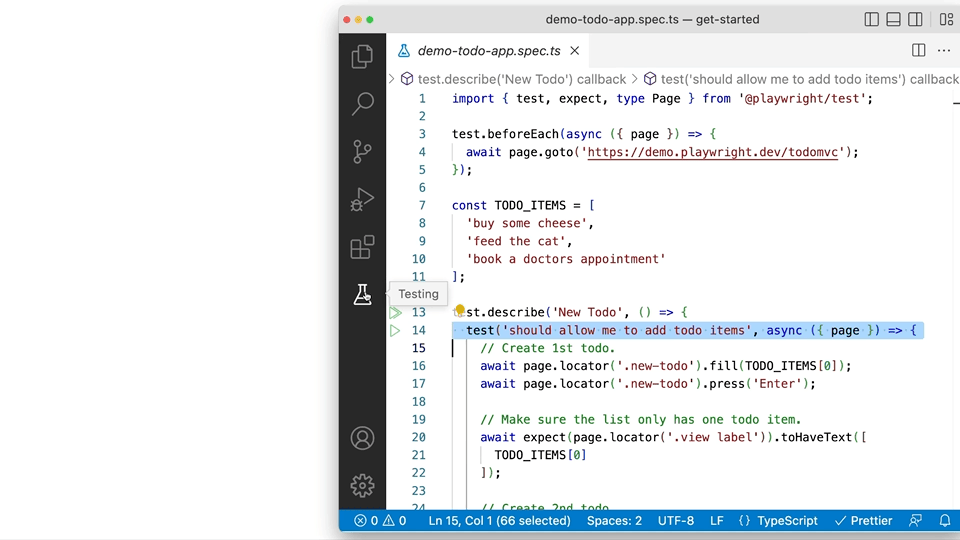


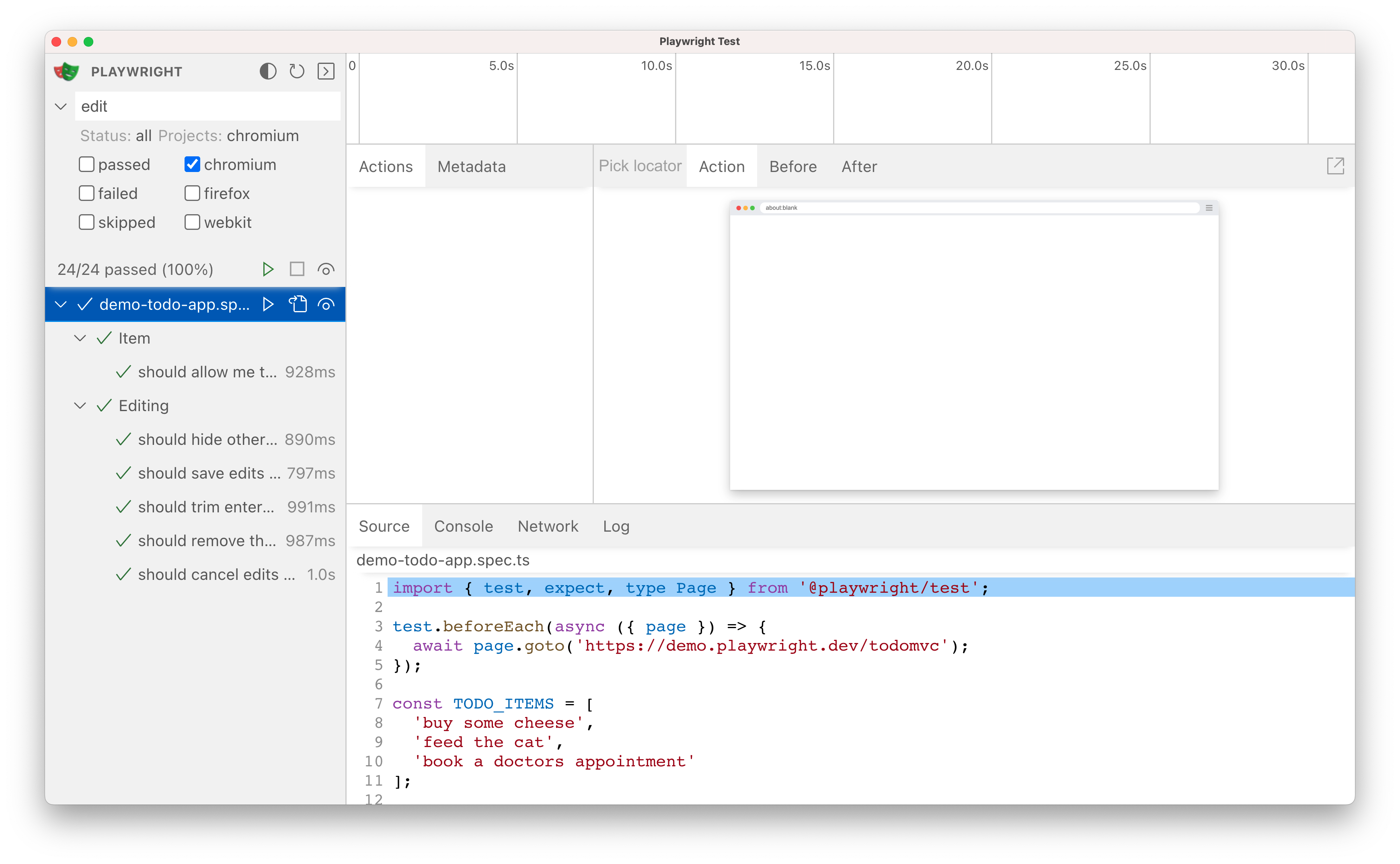






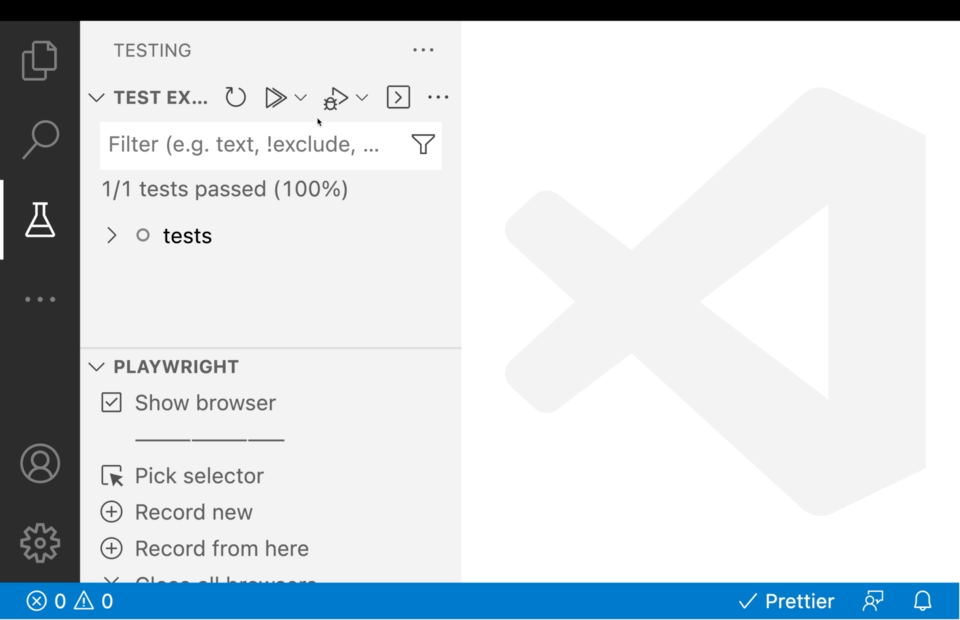


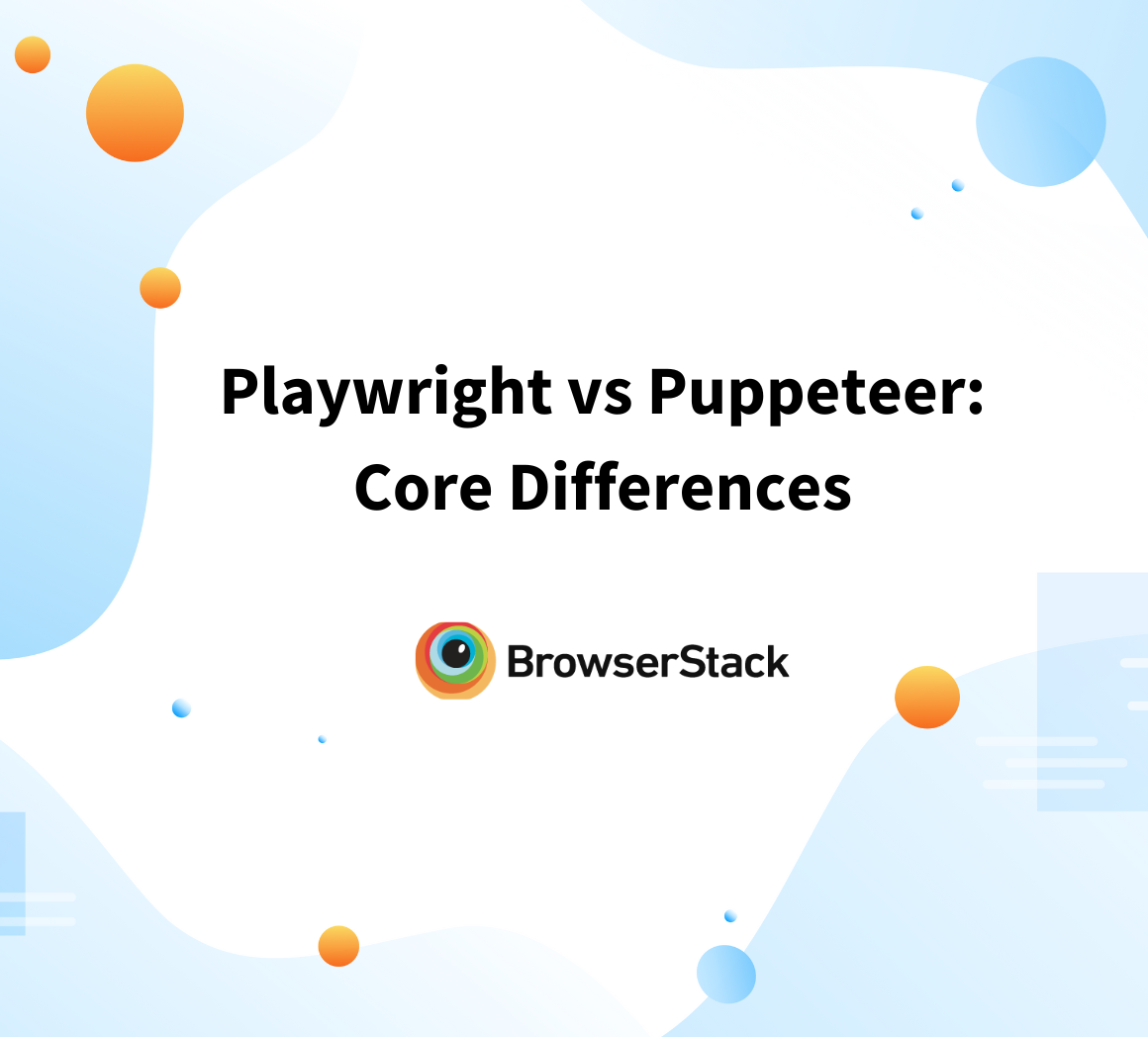
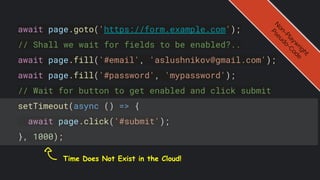
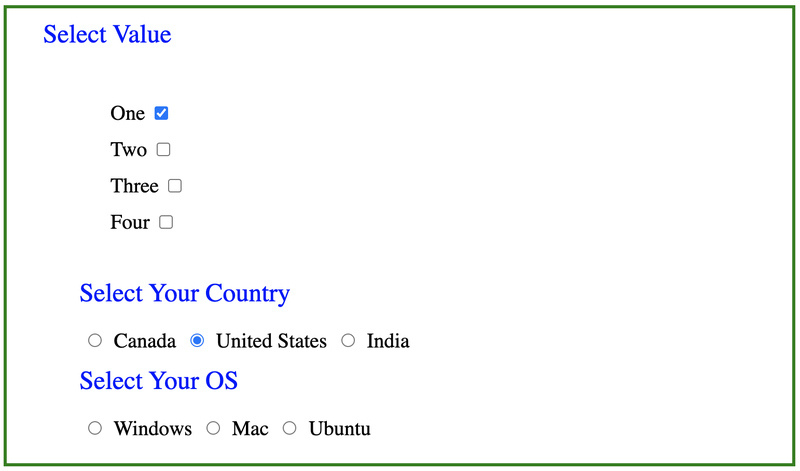
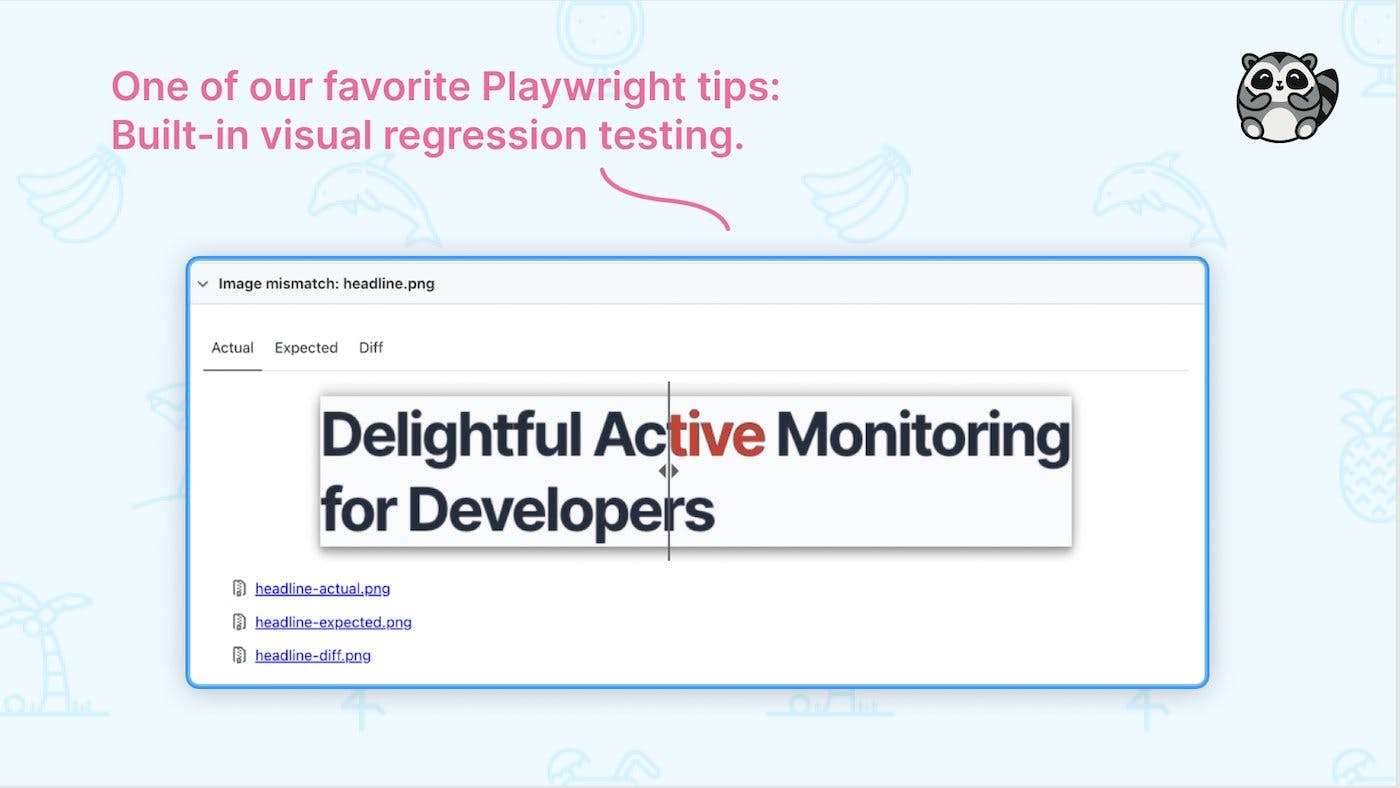
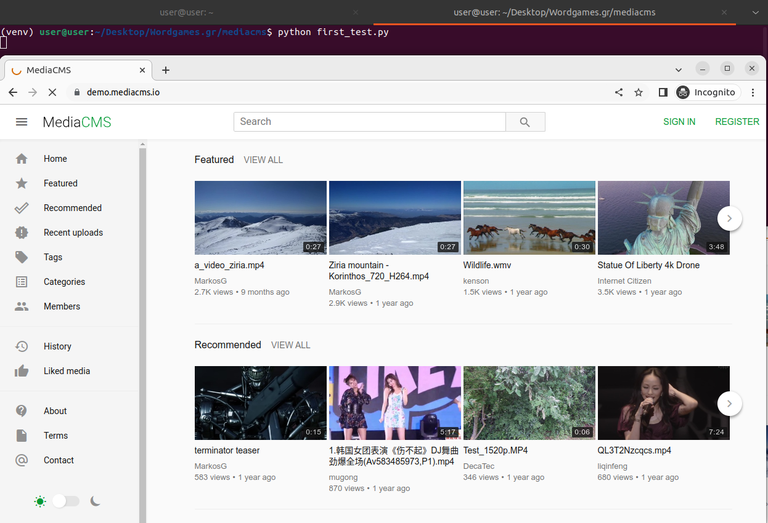








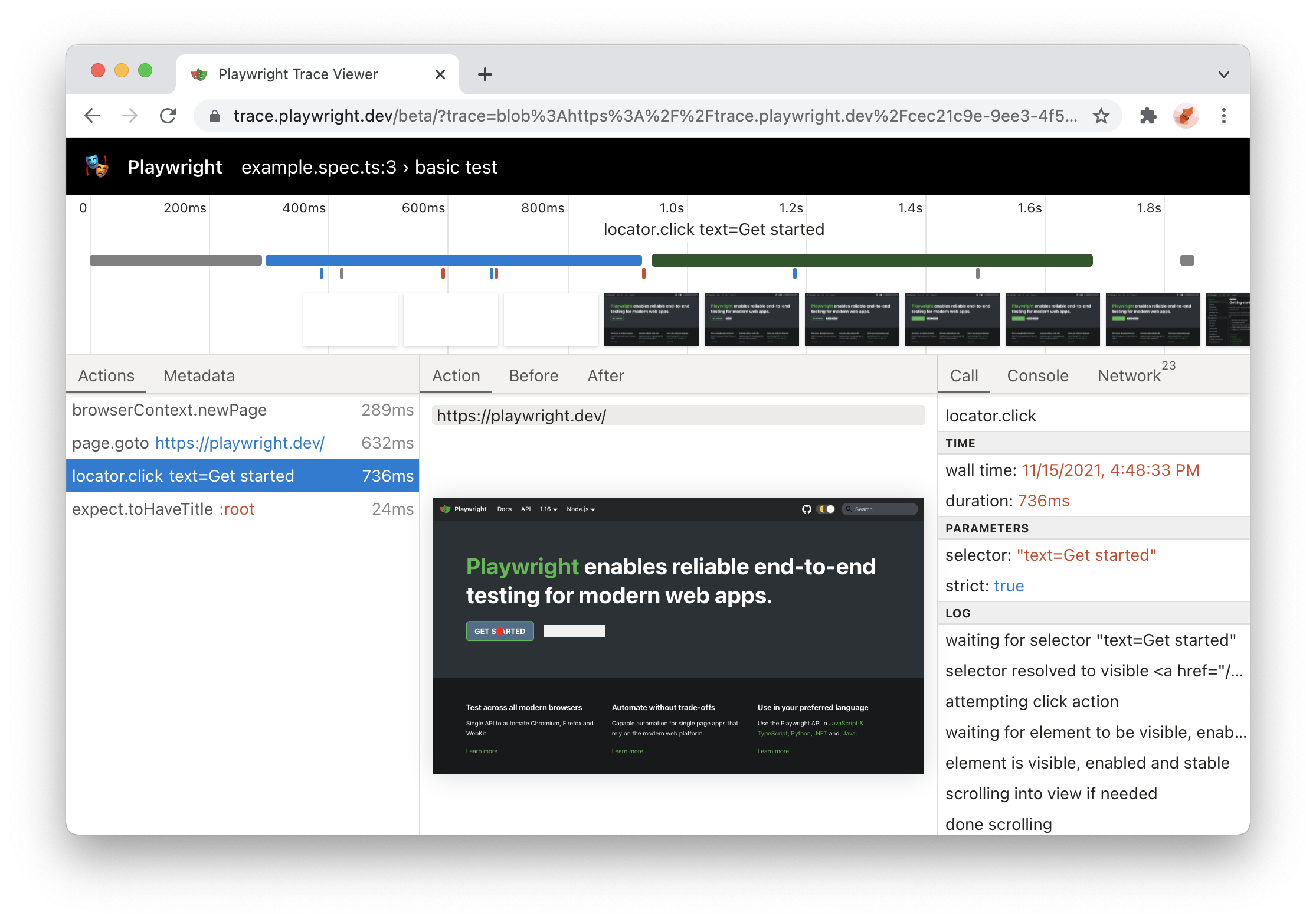




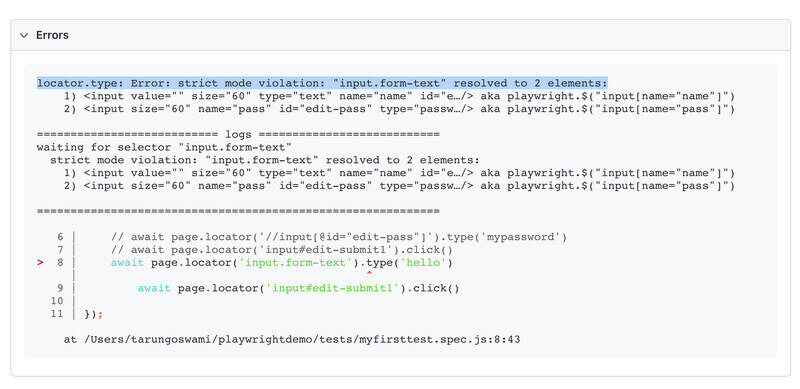

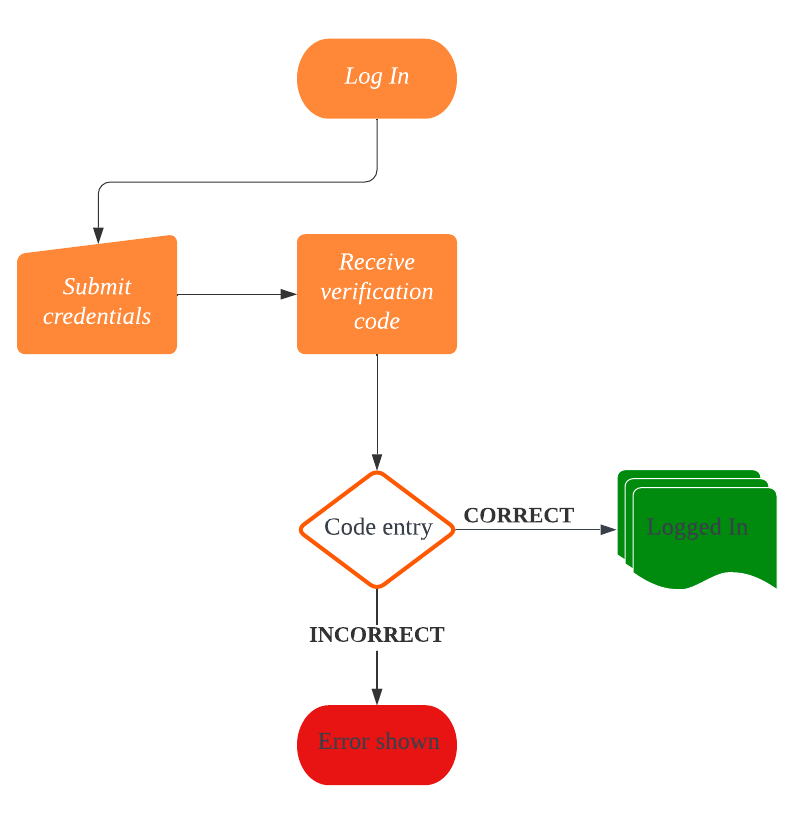
Article link: playwright click not working.
Learn more about the topic playwright click not working.
- Playwright: Click button does not work reliably (flaky)
- [BUG] Page.click() doesn’t work when target is covered by …
- Error – Click not executed | Checkly
- How to handle Keyboard and Mouse actions in Playwright
- Cannot click button in HTML? – javascript – Stack Overflow
- [BUG] Can’t click button in Chromium headless mode – Lightrun
- Issue with clicking button using playwright – Robocorp Forum
- Playwright Mouse Click – ProgramsBuzz
- Playwright does not care about onclick and onmouseover events
See more: nhanvietluanvan.com/luat-hoc